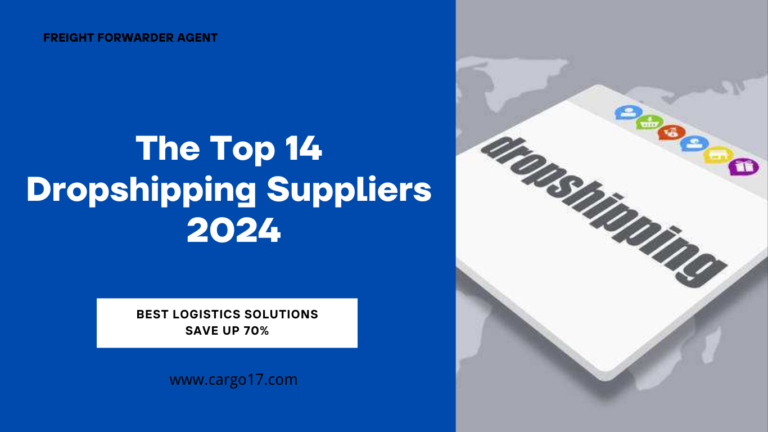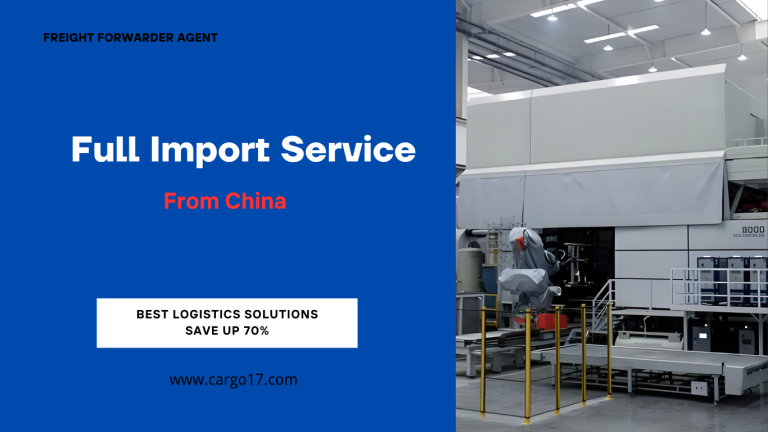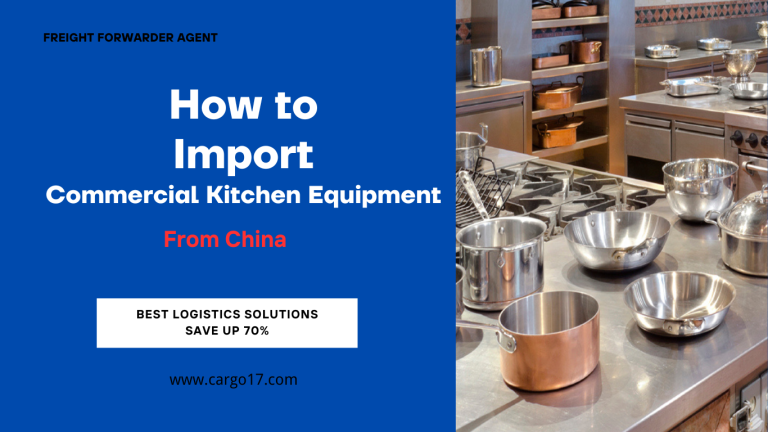what is roro shipping?
RoRo, or “Roll-on/Roll-off,” is a highly efficient way of carrying cargo and vehicles across the sea. It has become an essential component of the worldwide logistics business, permitting the transfer of a diverse variety of items, including cars and heavy machinery, project cargo, and even live animals. RoRo shipping is popular because to its ease of use, low cost, and capacity to transport a wide range of cargo.
When it comes to roll-on/roll-off (RoRo) shipping, DFreight is your reliable partner. RoRo shipping provides a dependable, cost-effective way to carry cars, big gear, and oversized cargo. Our professionals are experienced in handling RoRo shipments, guaranteeing that your valuable items are safely loaded and transported to their destination. Experience the ease of RoRo shipping with our experienced handling of automobiles and big items.
With our comprehensive guide, you’ll be able to navigate the world of Roll-on/Roll-off (RoRo) shipping seamlessly. Whether you’re a seasoned logistics professional trying to enhance your knowledge or a curious individual wanting to learn more about this revolutionary transportation method, our Ultimate Guide to RoRo transportation will illuminate every facet. This blog post is your passport to realizing the full potential of RoRo shipping and maximizing your freight transit like never before. Set sail and discover the limitless options that await in the world of RoRo shipping!
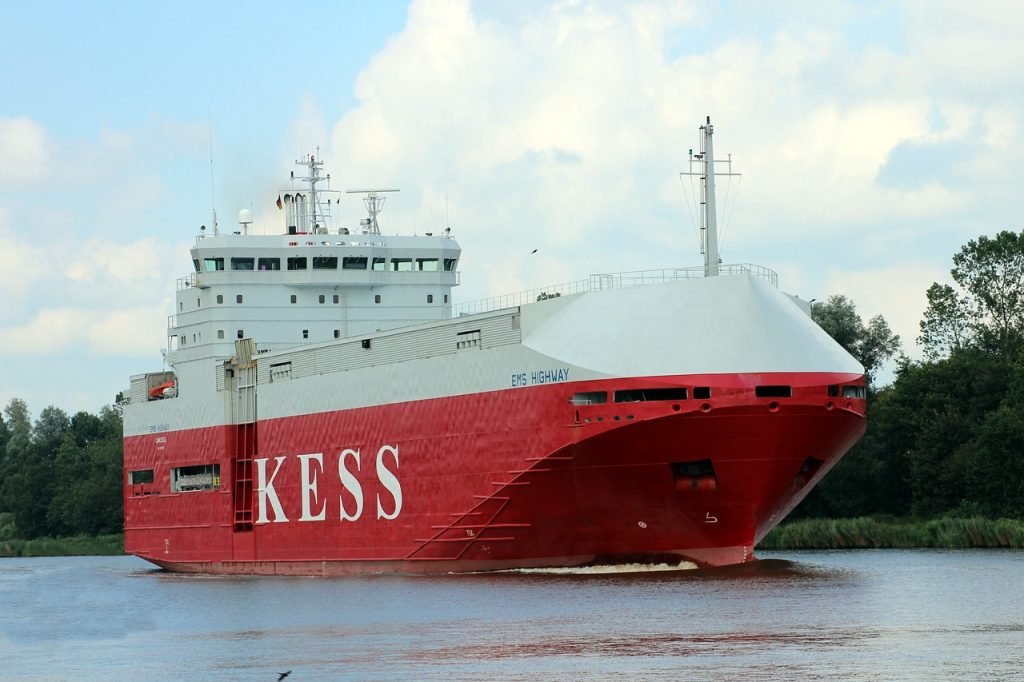
What is RoRo Shipping?
RoRo shipping is a type of maritime transport in which goods is rolled onto and off a vessel via ramps or customized facilities. Unlike traditional container shipping, which involves packing the item into standardized containers and lifting it aboard the ship, RoRo carriers have open decks that can accept a variety of wheeled freight. This implies that cars, trucks, buses, construction equipment, and other similar vehicles can be driven directly onto the ship, hence the term “Roll-on/Roll-off.”
How RoRo Ships Work
RoRo (Roll-on/Roll-off) ships are specialized vessels that transport wheeled cargo, including cars, trucks, buses, heavy machinery, and other vehicles. They include special features that allow cargo to be effectively moved onto and off the vessel, making loading and unloading easier than with typical container transportation. Understanding how RoRo ships operate provides insight into the logistics that underpin this economical way of maritime transportation.
- Vessel Design and Configuration:
RoRo vessels are designed specifically to carry wheeled freight. They have spacious open decks with robust ramps at the ship’s bow (front) and stern (back). These ramps can be modified in height to accommodate a variety of vehicles and freight. The open design allows cars to be driven directly aboard the ship, which simplifies the loading process.
- Loading and Securing Cargo:
When loading cargo, the crew will lower the appropriate ramp to dock level. Vehicles and machinery are subsequently driven aboard the ship, using the “roll-on” feature of RoRo shipping. Once on board, the cargo is safely parked and attached to the ship’s deck to prevent movement during transit.
- Internal Arrangement:
The decks of the RoRo vessel are designed to enhance cargo capacity and shipment security. The decks can have numerous levels, and each vehicle is carefully positioned and fastened down to maintain stability. Crew members are responsible for carefully organizing goods to maximize space usage and ensure a balanced load distribution.

- Safety Measures:
Safety is paramount in RoRo shipping. Crew members are trained to handle and secure various sorts of cargo. The ships also have safety features such as fire suppression systems, watertight doors, and emergency evacuation procedures. The ship’s deck’s open design enables for simple access to the cargo in case of an emergency.
- Unloading Process:
When the ship reaches its destination port, the crew will begin unloading. The RoRo vessel will dock parallel to the pier, with the necessary ramp lowered to match the dock level. The cargo is subsequently driven off the vessel, utilizing the “roll-off” feature of RoRo shipping. Efficient unloading methods enable for faster turnaround times, which reduces port congestion and facilitates timely deliveries.
- Specialized Facilities:
Some RoRo ships are outfitted with extra features to fulfill specific cargo needs. For example, some vessels may have refrigerated sections to convey perishable cargo, whereas others may have specialized equipment to operate enormous or heavy gear.
- Port Infrastructure:
RoRo shipping requires well-equipped ports with adequate infrastructure to facilitate the loading and unloading of wheeled freight. RoRo terminals have ramps, specialized parking spots, and safe cargo staging areas.
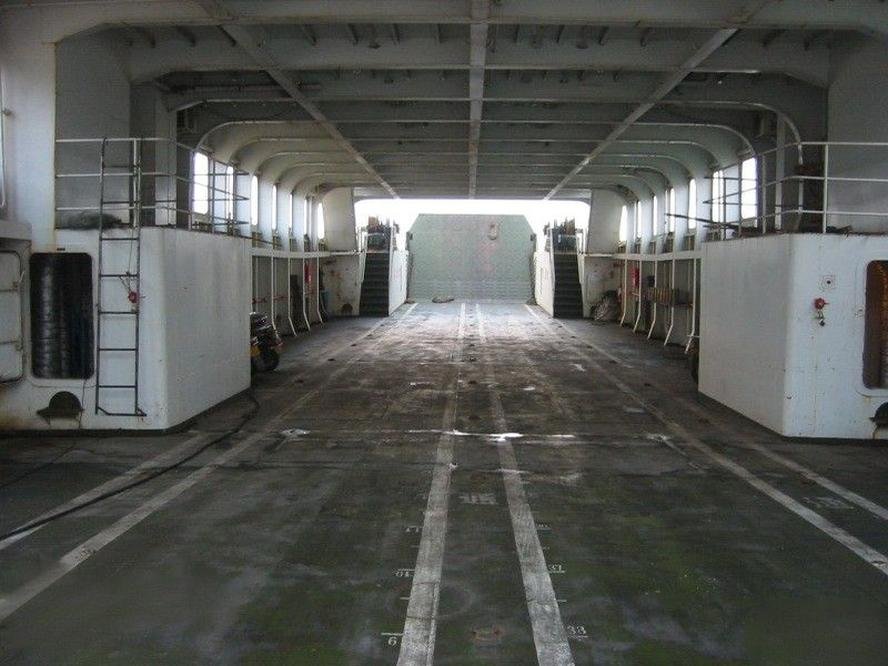
Types of Cargo Suitable for RoRo Shipping
RoRo (Roll-on/Roll-off) shipping is a flexible and efficient means of maritime transportation that can handle a wide range of cargo. While RoRo vessels are mostly used for wheeled goods such as cars, trucks, and machinery, they can also transport other types of cargo that can be conveniently moved onto and off the ship. Here are some of the common types of cargo appropriate for RoRo shipping:
Vehicles & autos: RoRo shipping is well-known for moving autos and other motor vehicles. Cars, trucks, SUVs, motorbikes, and buses are frequently shipped on RoRo vessels. The ship’s open decks and specifically constructed ramps make it easy to drive vehicles onto and off, making it an efficient and cost-effective choice for automobile manufacturers and individuals transferring vehicles.
Heavy Machinery and Equipment: RoRo vessels may transport a variety of heavy machinery and equipment, including excavators, bulldozers, cranes, agricultural equipment (tractors, harvesters), and industrial machinery. Their spacious open decks and movable ramps can handle huge and heavy loads, making loading and unloading easier.
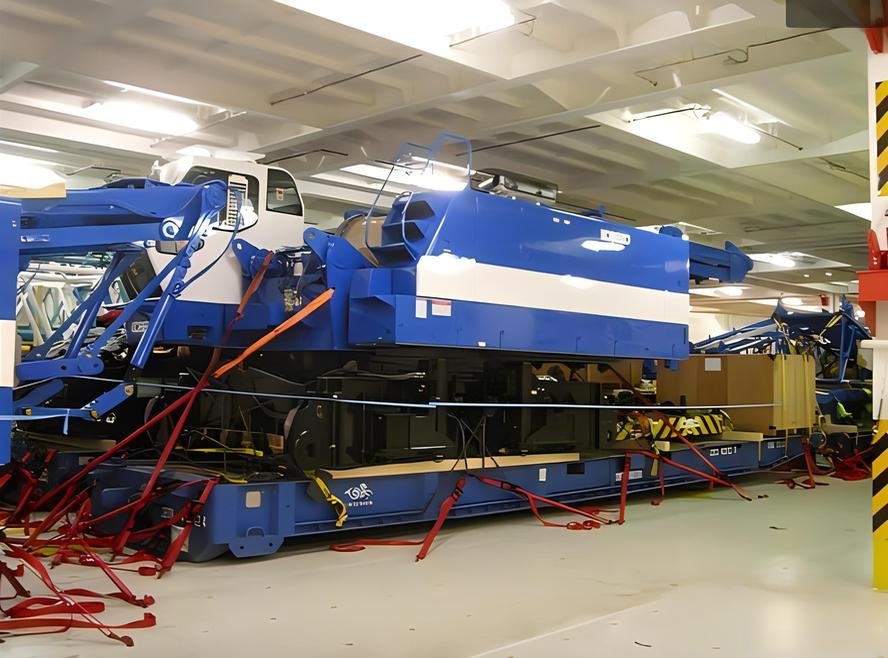
Breakbulk Cargo and Project goods: RoRo shipping is ideal for transporting breakbulk cargo, which is non-containerized goods that is too large or irregularly shaped to fit into ordinary containers. Examples include lumber, steel, big pipes, generators, turbines, windmill components, and industrial gear. RoRo vessels are versatile in terms of cargo handling, accommodating a wide range of shapes and sizes.
Live Animals and Reefer Cargo: Some RoRo vessels are equipped to transport live animals, such as livestock and horses, under controlled and humane settings. Furthermore, some RoRo ships contain refrigerated sections (reefer cargo) for delivering temperature-sensitive items such as fresh vegetables and medications.
High and Heavy goods: RoRo shipping is great for high and heavy goods, such as tall and large products that may not fit into ordinary containers or other shipping methods. Tall cranes, big vehicles with high superstructure, and heavy gear with unusual size are some examples.
Rollable and Trackable freight: RoRo vessels may transport rollable and trackable freight as well as wheeled cargo. This includes cable drums, enormous rolls of paper, and tracked vehicles (such as tanks) that can be rolled or driven onto the ship.
It’s crucial to remember that, while RoRo shipping is acceptable for a wide range of cargo, it does have limitations. Cargo must be self-propelled or capable of being loaded and unloaded using adequate rolling equipment. Furthermore, cargo must be properly secured to ensure safety during travel. Other transportation techniques, such as container shipping, may be more suited to specific fragile or sensitive cargo.
In conclusion, RoRo shipping provides numerous possibilities for carrying various sorts of cargo. Its adaptability, efficiency, and cost-effectiveness make it popular among enterprises and people looking to transport wheeled and rollable products across oceans.
Advantages of RoRo Shipping
RoRo shipping offers several key advantages that have made it a preferred choice for transporting certain types of cargo:
Efficiency: The loading and unloading processes are more faster and more streamlined than container transportation. This minimizes port wait times and enables faster deliveries.
Cost-effectiveness: RoRo shipping can be less expensive for large, heavy cargo or automobiles because it removes the need for specialized lifting equipment and container handling.
Versatility: RoRo vessels can transport a wide range of cargo, from small vehicles to large machinery, making them appropriate for a variety of sectors.
Reduced chance of Damage: When properly secured and stowed, RoRo shipping reduces the chance of cargo damage during transportation compared to other shipping methods.
Environmentally friendly: RoRo vessels often have smaller carbon footprints than airfreight and other transportation options, making them a greener choice.
Preparing Your Cargo for RoRo Shipping
Preparing your cargo for RoRo shipment is critical to ensuring smooth and effective transit.
To comply with shipping laws, first clean the cars or machines properly and remove all personal things.
Secure the cargo for travel by removing any loose parts and accessories, and make sure the fuel tank is full.
Document the cargo properly, including all relevant import and export papers, and meet the departure and destination countries’ customs standards.
Additionally, consider getting cargo insurance to protect against potential damage during shipment.
By performing these procedures, you can assist guarantee that your cargo is prepared for RoRo transportation and reduce potential delays or complications during the shipping process.
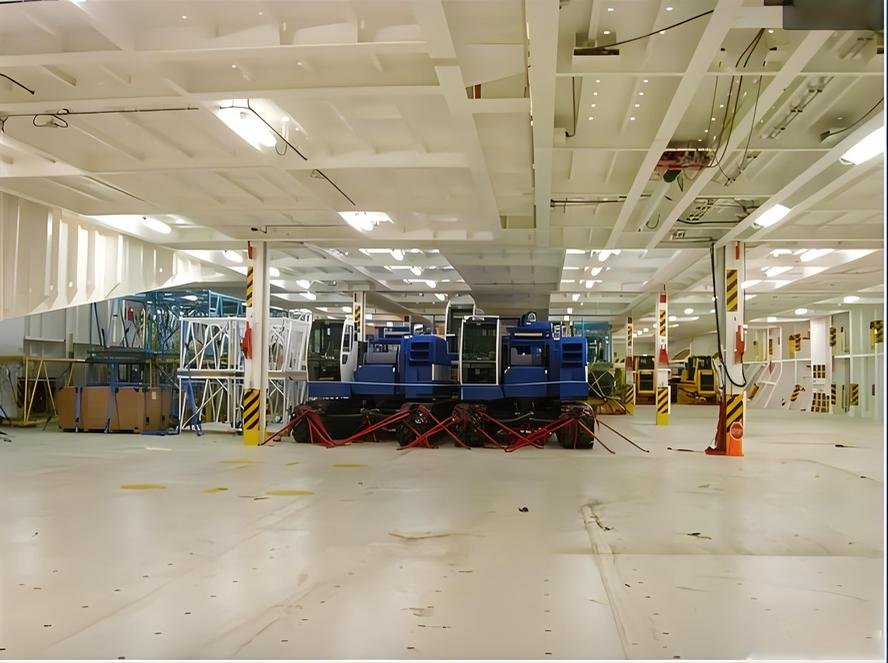
Cost and Pricing in RoRo Shipping
Cost and pricing in RoRo shipping are determined by elements that influence the overall cost of moving cargo via Roll-on/Roll-off vessels. The key cost variables include cargo size and weight, distance between ports of origin and destination, cargo type, and current demand for RoRo shipping services.
Additionally, fuel prices and operational costs have an impact on the pricing structure. RoRo shipping rates are usually determined using the cargo’s cubic meters, weight, or combination. It is critical to examine any additional fees or surcharges for specialist equipment, customs clearance, insurance, and port handling charges.
Comparing quotes from multiple RoRo shipping services and knowing the various cost components will enable shippers to make informed decisions about cargo transportation while effectively managing expenses.
Regulations and Compliance in RoRo Shipping
Regulations and compliance are critical in RoRo shipping to guarantee cargo travels safely and efficiently across international waterways. RoRo shipping is subject to a number of international maritime laws and regulations, including the International Convention for the Safety of Life at Sea (SOLAS) and the International Maritime Dangerous Goods (IMDG) Code. These laws include maritime safety, cargo stowage, security measures, and emergency response methods.
Furthermore, customs and import/export rules from both the departure and destination nations must be observed. Compliance with environmental regulations, such as preventing marine contamination, is also required. RoRo shipping businesses must maintain high standards for vessel maintenance, crew training, and safety precautions in order to meet regulatory requirements and ensure responsible and sustainable shipping practices.
Shippers and carriers must collaborate to achieve full compliance with these regulations in order to protect crew members’ safety, protect the environment, and allow smooth and lawful international trade.
RoRo shipping is a highly efficient and versatile way of moving a diverse range of cargo, including cars, heavy machinery, breakbulk, and project cargo. The roll-on/roll-off design simplifies loading and unloading, lowering turnaround times and increasing cost-effectiveness. However, successful RoRo transportation necessitates careful cargo preparation, respect to international standards, and customs clearance.
As the industry evolves and adopts new technologies, RoRo shipping is projected to remain an important part of the global logistics scene, providing a dependable and sustainable alternative for delivering commodities across international waterways.
If you are considering expanding into new markets, XCJD Logistics can assist you. As an experienced logistics supplier, we will provide assistance to you at every step through professional logistics knowledge, visibility, and communication skills. Sea freight, air freight, express delivery, procurement in China, product testing, warehousing, supplier selection, one-stop service, contact us immediately for consultation.


